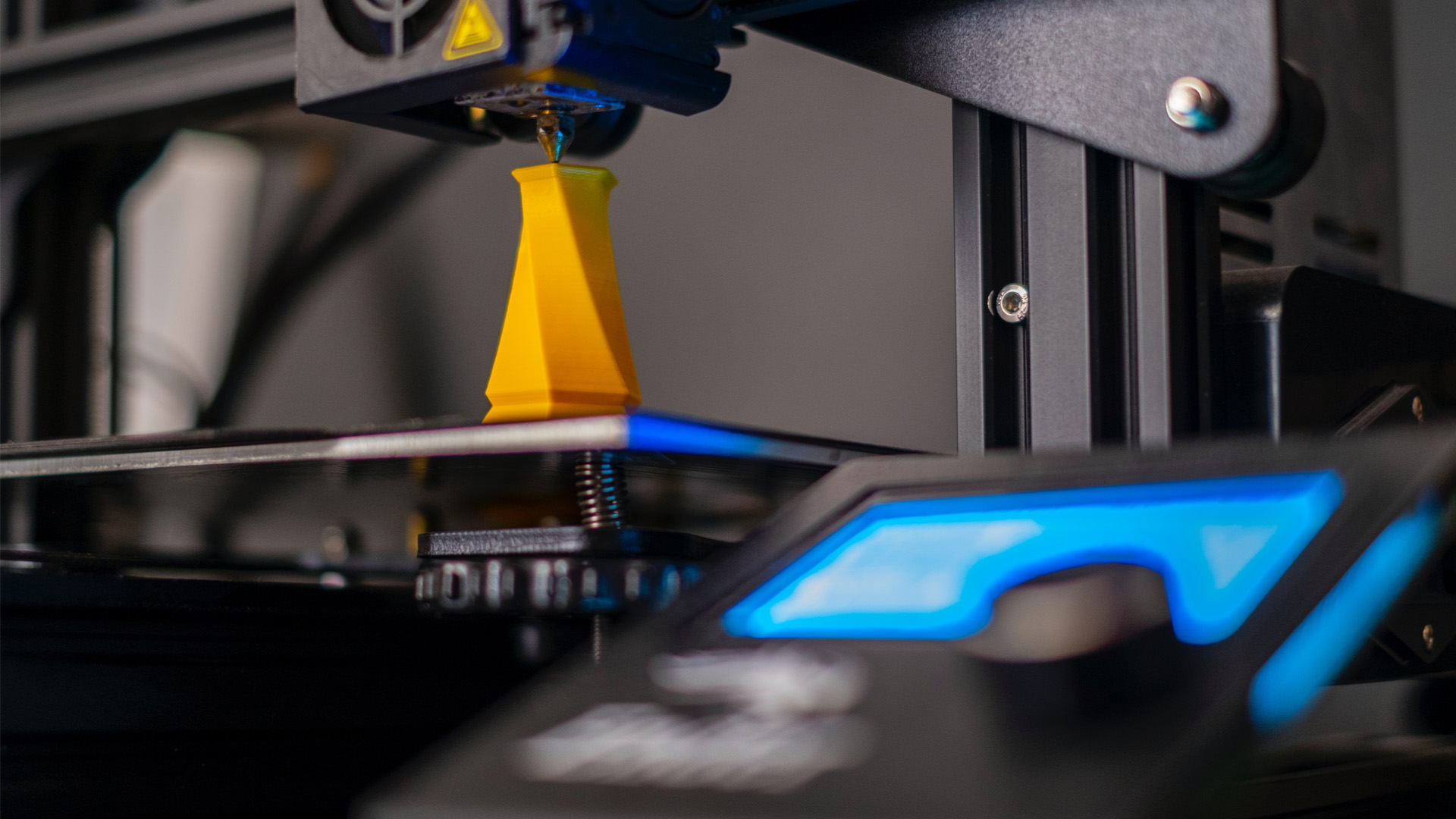Problem
Manufacturing generates an overwhelming amount of data. According to Bullhound Research, Smart Manufacturing (2019), manufacturing generates more data than other leading sectors. Additive Manufacturing (AM) is particularly data intensive, and software driven, especially as it advances more and more into the production world beyond its traditional role of prototype generation. The 2021 Wohler report states: “At nearly $12.8 billion in revenue in 2020, the industry is expected to grow by more than 3.5 times to nearly $47 billion by 2026 and about nine times to $115 billion by 2030.” Being able to manage this software-driven technology with end-to-end digital workflows is key to success in AM.
This is quite different from traditional manufacturing processes that may have digital elements punctuated by physical or paper-based activities. Hence, in traditional manufacturing operations, teams don’t have comprehensive and enterprise-wide collaborative tools resulting in inconsistent collaboration with very poor leadership visibility.
With AM, part qualification, management of part demand (managing quotes and estimates of production time), and the actual manufacturing process and post-processing of the part provide different types of data and inherent workflow inefficiencies. Legacy software and management systems hurt production potential because of the lack of agility and continuity. There is a need to take certain functionalities of traditional Enterprise Resource Planning (ERP) software and break it down into a functional, specialty software to mirror the complexity of AM. Challenges also include skill gaps, deciding when to invest in Industry 4.0, and data security.
Automation Alley, Michigan’s Industry 4.0 knowledge center, is building the world’s largest network of 3D printers through Project DIAMOnD, which stands for Distributed, Independent, Agile Manufacturing on Demand. Automation Alley needed software to connect the users within the network, enabling them a platform for displaying their own capacities in AM. The platform requires applications for both the users of AM as well as the buyers of parts produced by AM.
Solution
Project DIAMOnD created a collaboration platform that gives companies the ability to communicate and coordinate internally as well as with external stakeholders. In addition, Project DIAMOnD turned to 3YOURMIND for supplying software to take companies through the entire AM process, from part pre-qualification through post-processing and delivery, while allowing for customization of its software to match existing AM workflows. This partnership can improve part qualification by automating AM part identification and technology recommendations, managing part demand through supply chain management and instant pricing and part cost control, and part manufacturing through machine planning, material management and quality control. It also allows for greater team responsiveness, accountability, and visibility.
Implementation
Project DIAMOnD began by implementing the Agile ERP module to let members automate business processes (quotes, invoices) and manage the technical data of 3D printed parts uploaded by users or generated by the platform’s automated design workflows.
From there, they implemented 3YOURMIND’s Agile MES module to schedule and track parts across the distributed manufacturing network. Customized APIs securely connect 3D printers to the network and make them available to other members for production.
The next phase is the implementation of the Agile PLM functionalities, in particular those related to digital inventory. Once the production process of an AM part has been validated, its steps and technical parameters can be stored and shared on demand to any location on the network when this particular part is needed. The team was also able to use this module to automate the technical analysis of large quantities of conventional parts to identify which ones are best suited for AM.
Outcome
3YOURMIND software improves part qualification time by 70%, helping to streamline efforts and increase process efficiency, reduces part demand management by up to 80%, and improves scheduling of the actual manufacturing of the parts 25%.
Application of 3YOURMIND’s breakdown of traditional and legacy ERP, MES and PLM systems allowed for selection of the most pertinent components to be integrated into functional specialty software that has been tailored for the complexities of the AM environment.
3YOURMIND will be sharing more about distributed manufacturing and additive manufacturing software workflows in Automation Alley’s 2022 Technology Industry Report in November.

